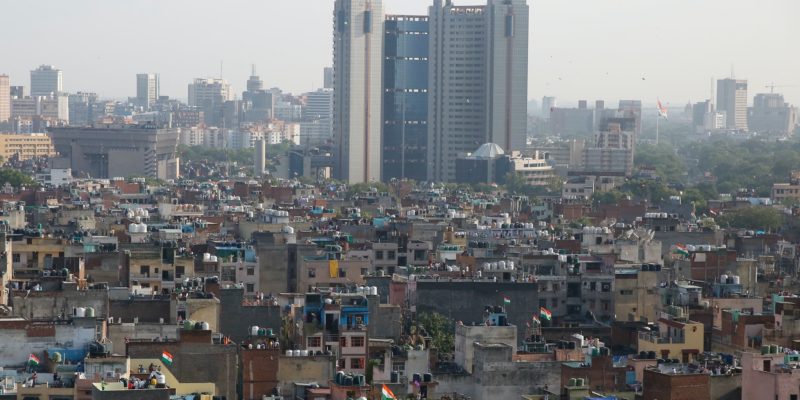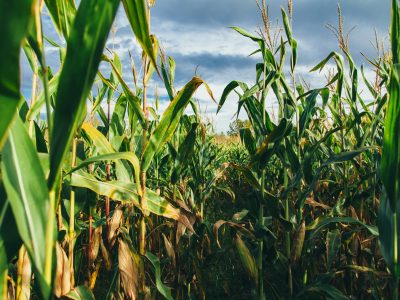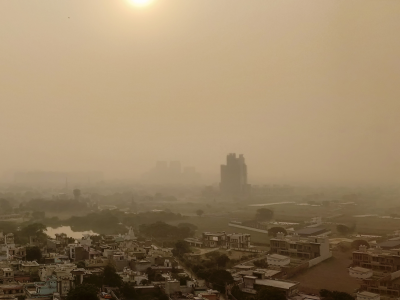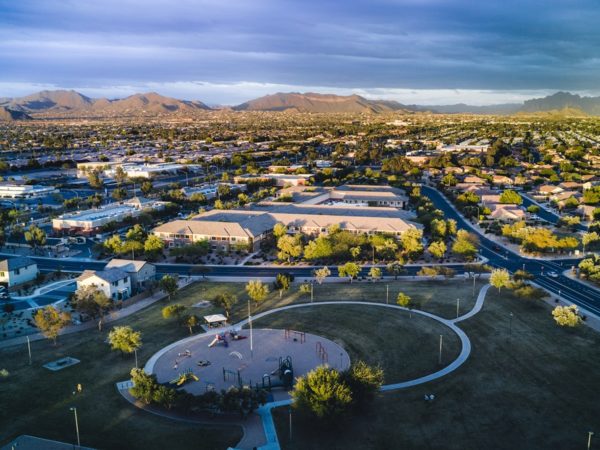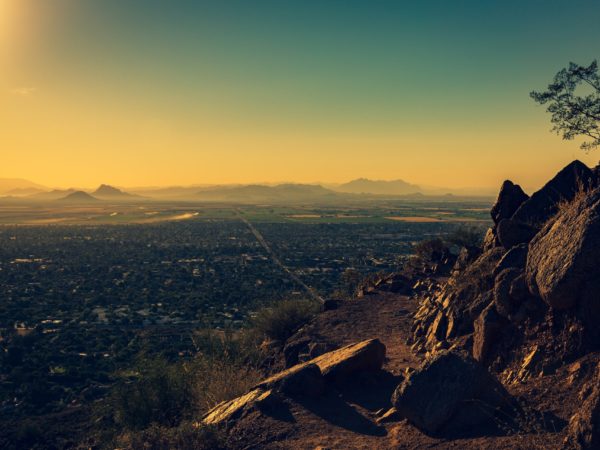The atmosphere in Delhi and its surrounding National Capital Region (NCR) (Figure 1) is highly deteriorated due to hazardous air pollutants released by heavy traffic and industrial emissions, as well as burning of residues (residential, commercial & agricultural) and dust particles from construction & mining activities. Annually, ~ 5 million people worldwide, 0.6 million in India and 25 thousand in Delhi NCR alone, die prematurely due to air pollution, and this amount may increase to five times by 2050 (WHO, 2018).
Amid this, the novel SARS-CoV-2 reported initially in Wuhan, China in December, 2019 (Gautam and Hens, 2020); rapidly spread worldwide becoming a pandemic within a month (WHO, 2020). India is suffering critical stage in its fight against COVID-19 with positive cases above 8.41 million and a death toll of ~ 125,000 people as of November, 2020 (MoHFW, 2020; WHO, 2020). The entire country was under complete lockdown for 21 days ( 22 March – 14 April, 2020), which was further extended by the Government of India until May 3, 2020; and then followed by the third phase of lockdown till May 17, 2020. Restrictions on transportation, industrial, commercial and other activities during the lockdown period led to adverse impacts on economic and social sectors but it had a positive impact on ambient air quality of metropolitan cities across the world (Bao and Zhang, 2020; Saadat et al., 2020). Air pollution levels were reduced by ~ 50% during the lockdown in India as reported by Gautam (2020) and Jain & Sharma (2020).


The air quality index (AQI), in six cities of Delhi-NCR core region shown in Figure 2 depicts a significant decline (~ 50 %) in AQI after lockdown was declared. All cities in this region attained Good to Moderate air quality according to the thresholds determined by Central Pollution Control Board (CPCB). Maximum decline was observed in Faridabad and minimum was in Ghaziabad.
Jain and Sharma (2020) showed in Delhi a significant decrease of 41%, 52%, 50%, and 29% in PM2.5, PM10, NO2 and CO concentrations, respectively. The officially (CPCB, 2020) reported reductions were 34% – 44% in particulate matter, 51% in NOx levels and 32% in CO levels. Note that the AQI increases dramatically to Poor category in the post lockdown period (May 17, 2020 onwards). Doremalen et al. (2020) concluded that COVID-19 virus can be stable for ~3 hours attached to aerosols and may travel for longer distances when airborne. Since aerosol concentrations were sharply reduced during the lockdown period in India, it may have lowered the potential for COVID-19 to be airborne, but the relaxation in lockdown increased ambient aerosols and also the chance of spread of COVID −19 (Kumar S. 2020). PM2.5 reduction during the mitigation period lowered (12.5%) air pollution-related total and cause-specific deaths as observed in US states by Son et al, 2020. Declines in air pollutants due to thelockdownhavealsobeenreportedrecentlyin different countries. For example, Nakada and Urban (2020) describe the reduction of NO, NO2 and CO concentrations by ~77.3%, ~54.3% and ~64.8%, respectively, in Sao Paulo (Brazil) during the partial lockdown from February to April 2020. Similarily, air quality improvements were reported by Tobías et al. (2020) in Barcelona and Mahato et al. (2020) in Delhi.
A composite data set by MODIS (Moderate Resolution Imaging Spectroradiometer) onboard NASA’s satellites that measuring ambient aerosol optical depth (AOD) and size distribution is depicted as showen in Figure 3. The changes of AOD given by satellite Sentinel–5P were used to indicate a significant difference in the levels of aerosol which are at its lowest in 20 years due to COVID-19 lockdowns (NASA, 2020). After a short period of lockdown onset, the decrease in concentration level of AOD was observed. The last (sixth) anomaly image in Figure 3.F, portrays the AOD average in 2020 compared to the 2016–2019 (average). It can be seen that dark brown pixels, tan color pixels and light yellow areas indicate high, lower and little to nil aerosol concentrations. Aerosol particles are recognized as a serious health hazard by World Health Organization and is associated with mobility and mortality of humans (Dang and Liao, 2019; Humbal et al. 2019).
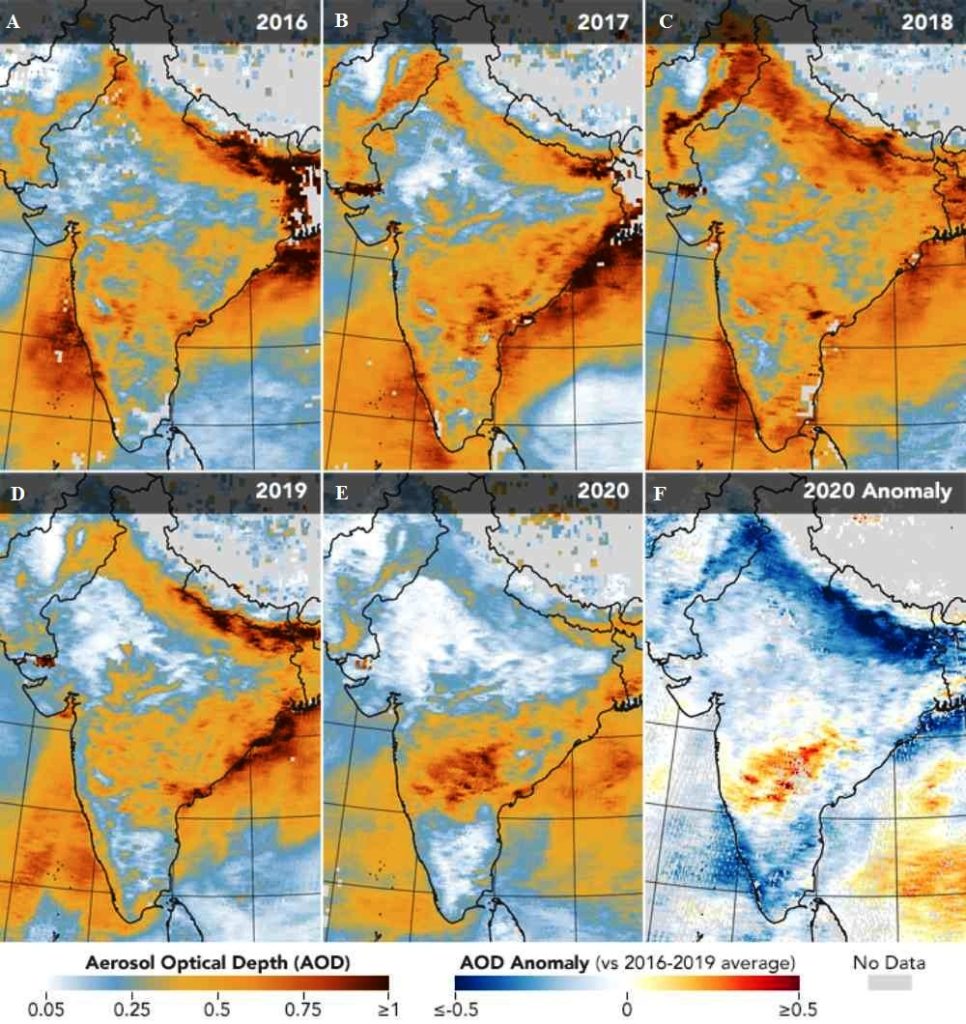
What does all this mean ?
Breathing clean air should be considered a fundamental human right. In fact, Article 21 of the Constitution of India includes “Right to breath clean air” as a fundamental right and mentions the duty of the government to protect the rights of its citizens, and the Government of India is making progress on many initiatives for cleaning the air.
The Supreme Court of India directed the Delhi-National Capital Region authorities to implement natural gas based public transportation in January 2000 to reduce emissions. India launched its National Clean Air Programme (NCAP) in January 2019 with the aim to achieve a 20-30% reduction in particulate matter (PM) concentration by 2024. To eradicate the extremely high pollutant exposures caused by cooking with solid fuels, impressive progress has been made by providing free LPG (liquefied petroleum gas) stoves and subsidized fuel to ~ 100 million poor families. Furthermore, India adopted Euro- equivalent (Bharat Stage-BS) norms in fuel and automobile industry (presently BS-VI since April, 2020) to further reduce emissions.
The World Health Organization (WHO), the United Nations Environment Programme (UNEP) and Climate and Clean Air Coalition in 2019 have called upon governments to join a “Clean Air Initiative” to achieve air quality that is safe for people and to align climate change and air pollution policies by 2030 to be consistent with the Paris Agreement (www.un.org›sustainabledevelopment›blog›2019/07). Recently, the United Nations designated 7 September as the International Day of Clean Air for Blue Skies, to highlight the need to reduce air pollution. Two Indian cities, Bengaluru and Chilamathur Mandal, are already part of the “Breathlife network” – a global campaign for clean air (https://breathelife2030.org/breathelife-cities/). India is also moving towards a more active role in the ‘Clean Air Initiative’ of WHO, UNEP and Climate and Clean Air Coalition.
Efforts to combat air pollution will further contribute towards the Sustainable Development Goals (SDG) that nations have agreed upon. For example, SDG target 3.9 (good health and well-being), SDG target 7.2 (clean energy at home), SDG target 11.2 on access to sustainable transport, SDG target 11.6 on air quality in cities and SDG 13 (climate action), as well as the goals of the Paris Agreement on climate change.
The outcomes of different studies discussed above signify that the COVID-19 induced lockdowns improves air quality at global level. It can be opined that significant decline in air pollution at global level during quarantine period might reduce the fatalities due to degradation of air quality although corona virus induced deaths are there. It is estimated that COVID-19 fatalities may increase if PM2.5 levels rise in ambient air, just because people were exposed to bad air quality (Raga, 2020). PM2.5 reduction during the mitigation period lowered by 12.5% air pollution-related total and cause-specific deaths in United States (Son et al, 2020). Furthermore, a Harverd University study provides evidence that counties that have more polluted air will experience higher risks of death for Covid-19. It is observed that corona virus patients in areas that had high levels of air pollution before the pandemic are more likely to die from the infection than patients in cleaner parts (Friedman, 2020). This Harvard analysis shows a statistical link, revealing a “large overlap” between Covid-19 deaths and other diseases associated with long-term exposure to fine particulate matter (PM2.5). Hence, reduction in particulate matter in COVID-19 induced lockdown definitely reduce the air pollution borne fatalities.
The improved status of air quality in metro cities may be temporary but there is a very good opportunity for us (scientists/researchers/scholars) to find out/understand the anthropogenic activities responsible for heavy air pollution. It provoke us to take necessary steps and adopt sustainable approaches such as clean fuel for transportation and green energy approaches to minimize the concentration level of air pollutants on a long term basis. Electrifying public transit, implementing clean air legislation, replacing coal-based thermal electricity with renewables and emphasizing walking and cycling in cities will improve air quality and consequently, the life expectancy.
Acknowledgments
Author extends his heartfelt thanks to the NASA, CPCB and SPCBs for ambient air quality data used in this article.
References:
Bao, R. and Zhang, A., 2020: Does lockdown reduce air pollution? Evidence from 44 cities in northern China. Sci. Total Environ., https://doi.org/10.1016/j.scitotenv.2020.139052.
Central Pollution Control Board CPCB, 2020: https://app.cpcbccr.com/ccr/#/caaqm-dashboard-all/caaqm-landing. [Accessed on 15-05-2020].
Dang R. and Liao H., 2019: Radiative forcing and health impact of aerosols and ozone in China as the consequence of clean air actions over 2012–2017. Geophys. Res. Lett. 46, 12511–12519.
Doremalen N., Morris D.H., Holbrook M.G., Gamble A., Williamson B.N., Tamin A.2020: Aerosol and surface stability of SARS-CoV-2 as compared with SARS-CoV-1. N. Engl. J. Med., 382, pp. 1564-1567.
Friedman L. 2020: New Research Links Air Pollution to Higher Coronavirus Death Rates. April 8, 2020, Section A, Page 16 of the New York Times. (Accessed on Nov. 9, 2020).
Gautam S., 2020: The Influence of COVID-19 on Air Quality in India: A Boon or Inutile. Bulletin of Environmental Contamination and Toxicology, https://doi.org/10.1007/s00128-020-02877-y.
Gautam S. and Hens L., 2020: SARS-CoV-2 pandemic in India: what might we expect? Environ Dev Sustain., 22, 3867–3869.
Graciela B. Raga, 2020: Smoke in the Air… https://opinion.atmosfera.unam.mx/smoke-in-the-air/ DOI: https://doi.org/10.20937/ATM.52873 (Accessed on November 6, 2020).
Humbal C., Gautam S. et al., 2019: Evaluating the colonization and distribution of fungal and bacterial bioaerosol in Rajkot, western India using multi-proxy approach. Air Qual Atmos Health, 12(6), 693-704.
Jain S. and Sharma T., 2020: Social and travel lockdown impact considering coronavirus disease (COVID-19) on air quality in megacities of India: Present benefits, future challenges and way forward. Aerosol and air quality research, https://doi.org/10.4209/aaqr.2020.04.0171.
Kumar S. 2020: Effect of meteorological parameters on spread of COVID-19 in India and air quality during lockdown. Sci. Total Environ., Doi: https://doi.org/10.1016/j.scitotenv.2020.141021.
Mahato S., Pal S. and Ghosh K.G., 2020: Effect of lockdown amid COVID-19 pandemic on air quality of the megacity Delhi, India. Sci. Total Environ., 730:139086.
Ministry of Health and Family Welfare MoHFW, 2020: COVID-19 INDIA. Available at: https://www.mohfw.gov.in/. [Accessed on 06-11–2020].
Nakada L.Y.K. and Urban R.C., 2020: COVID-19 pandemic: Impacts on the air quality during the partial lockdown in São Paulo state, Brazil. Sci. Total Environ. 730:139087.
National Aeronautics and Space Administration NASA, 2020: https://earthobservatory.nasa.gov/images. [Accessed 20 May, 2020].
Saadat, S., Rawtani, D. and Hussain, C.M. (2020): Environmental perspective of COVID-19. Sci. Total Environ., Doi: https://doi.org/10.1016/j.scitotenv.2020.138870.
Singh J. 2018: Paddy and wheat stubble blazing in Haryana and Punjab states of India: A menace for environmental health. Environ Qual Manage., Vol. 28 (2), 47-53. Doi: 10.1002/tqem.21598.
Son et al 2020: Reductions in mortality resulting from reduced air pollution levels due to COVID-19 mitigation measures. Sci. Total Environ., Doi: https://doi.org/10.1016/j.scitotenv.2020, 141012
Tobías A., Carnerero C., Reche C., et al, 2020: Changes in air quality during the lockdown in Barcelona (Spain) one month into the SARS-CoV-2 epidemic. Sci. Total Environ., Doi: https://doi.org/10.1016/j.scitotenv.2020.138540.
World Health Organization WHO, 2018: Ambient (outdoor) air pollution: Key facts. WHO, Geneva. https://www.who.int/newsroom/fact-sheets. [Accessed 21 May, 2020].
World Health Organization WHO, 2020: Coronavirus disease (COVID-2019) situation reports. WHO, Geneva. https :// www.who.int/emergencies/diseases/novel corona virus-2019. Accessed November 06, 2020.
He is presently serving as Associate Professor (Environmental Science & Engg.), DIT University, Dehradun (India). He has been teaching the courses related to ecology and environmental sciences since the past 12 years in Haryana College of Technology & Management, Kaithal (India) and DIT University, Dehradun (India). He obtained his Doctorate and Masters in Environmental Sciences from G. J. University of Science and Technology, Hisar (India). He has published a variety of research papers in national and international journals and presented research articles in many conferences. He also organized conferences and workshops related to environmental sciences and edited the abstract books. He is also reviewer of many international journals. One Book in LAP- Academic Publishing, Latvia (Europian Union) and two book chapters in Springer-nature books are also in his credit. He is also associated with various organizations working in the field of environment conservation.

